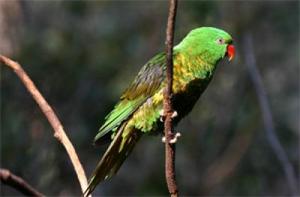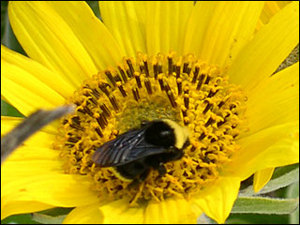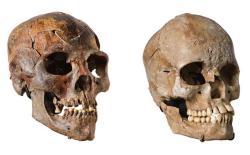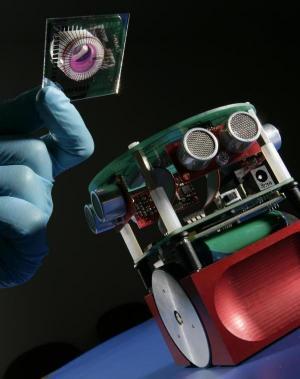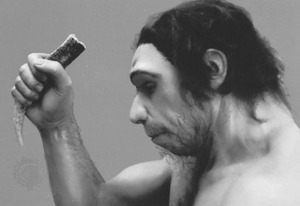
|
| ©Unknown |
Some confusion has arisen over our account of Neanderthals, which said at one point that they are thought to have died out 30,000 years ago, but at another that this happened 40,000 years ago. Our correspondent's best judgment now is that they disappeared somewhere between these two dates. As to their height, which has also been disputed, that seems usually to have been between 5ft 4in and 5ft 7in.
Strands of DNA recovered from the fossilized leg bone of a Neanderthal have shed light on the fragility of the ancient population and pinpointed when they first split from what were to become modern humans.
